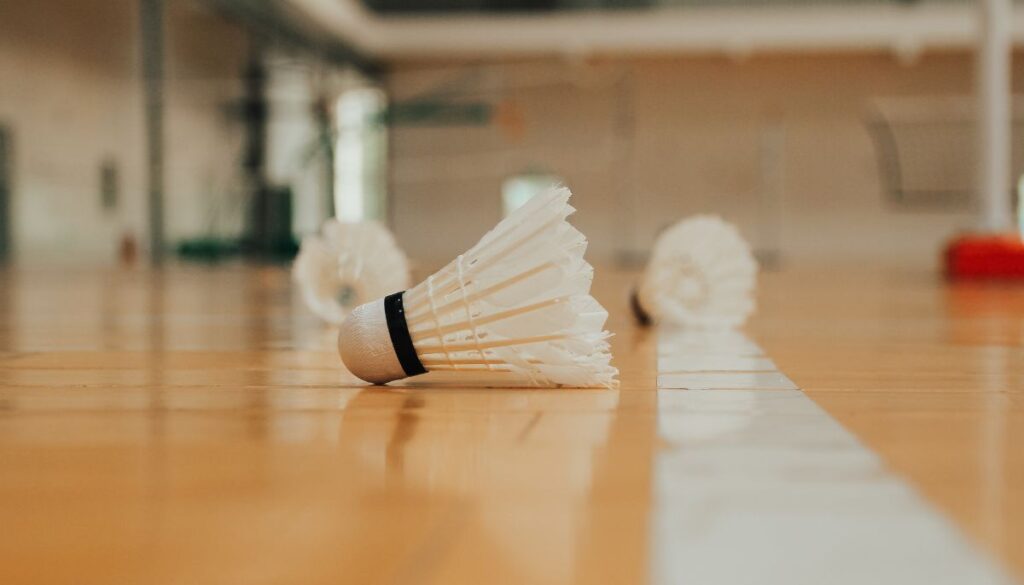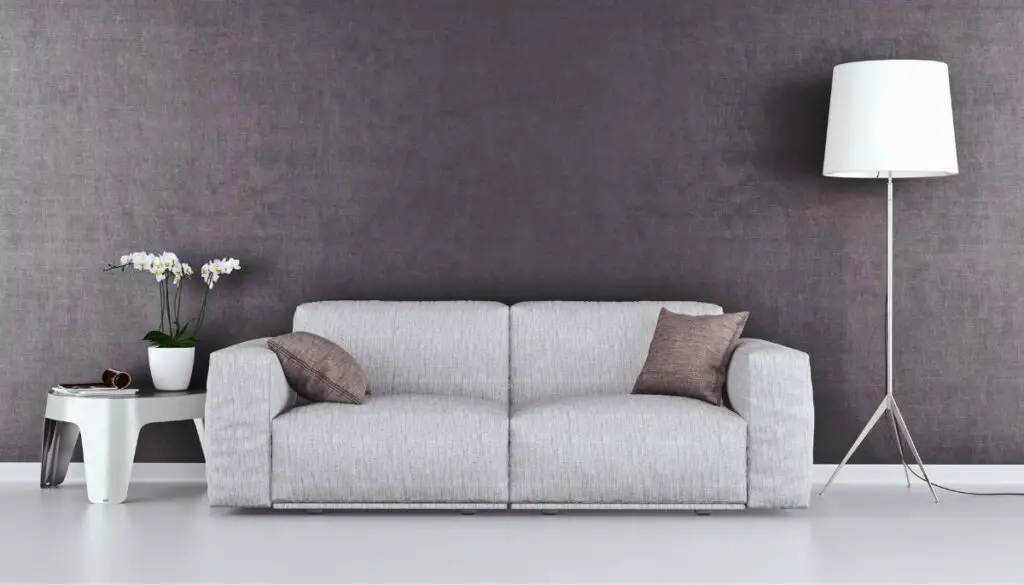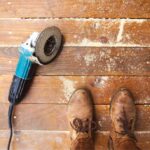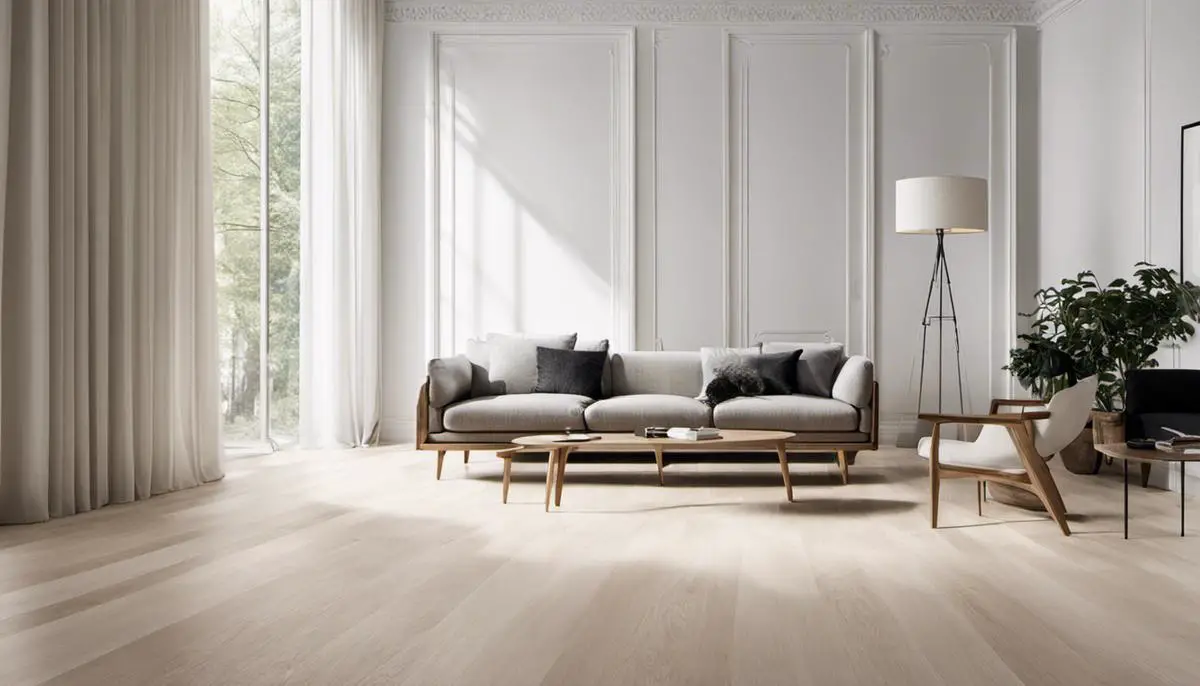Choosing the right protection for your floors can be a daunting task. With so many options available, homeowners and facility managers alike often find themselves at a crossroads, deciding between floor sealer and wax. The wrong choice can lead to premature wear, unsightly scratches, and a host of maintenance issues that detract from the beauty and longevity of your flooring.

Imagine investing time and resources into your flooring only to see it lose its luster or become damaged due to inadequate protection. Without the right barrier, your floors are vulnerable to spills, stains, and traffic wear. The confusion between sealers and waxes only compounds the problem, leaving your floors at risk and potentially leading to costly repairs or replacements much sooner than anticipated.
Fear not, for navigating the maze of floor care doesn’t have to be a journey taken alone. In this article, we’ll dive deep into the world of floor sealers and waxes, comparing their benefits, applications, and suitability for different types of flooring ensuring your floors remain beautiful and protected for years to come.

Understanding Floor Sealers
Floor Sealers: Understanding Their Benefits
Before applying any protectant to your floors, it’s crucial to understand the purpose and benefits of floor sealers. These products are designed to provide a durable, protective layer for various floor types, including concrete floors, vinyl floors, and hardwood floors. Floor sealers act as a shield against foot traffic, liquid spills, and high-traffic wear, extending the lifespan of your floors.
One key advantage of floor sealers is their ability to create a sealed surface that repels moisture, making them ideal for high-traffic areas. For example, in commercial applications such as retail stores or office buildings, floor sealers are essential for maintaining the appearance and integrity of the flooring systems. They also offer superior resistance to stains, bird droppings, and acid rain, ensuring that your floors remain in top condition for a long time.

Furthermore, floor sealers provide a high shine and matte finish, enhancing the natural beauty of your floors while protecting them from daily use. When it comes to sealing your floors, considering the specific needs of the floor type and the level of traffic wear is crucial to achieving the best results.
Diving Into Floor Wax
Floor Wax: Traditional and Modern Uses
Floor wax, a blend of natural waxes and other ingredients like carnauba wax and linseed oil, has been used for decades to protect and enhance various types of flooring. Its traditional use involved applying a coat of wax to wooden floors to create a protective layer that adds shine and prevents damage from foot traffic. In modern times, floor wax has evolved to cater to a wide range of flooring systems, including vinyl, concrete, and hardwood floors, providing superior resistance in high-traffic areas.

Types of Floors Benefiting from Waxing
When it comes to the types of floors that benefit from waxing, hardwood and concrete flooring systems stand out. Waxing these surfaces not only protects them from wear caused by heavy traffic but also enhances their natural beauty, creating a warm, matte finish that complements different interior design styles.

Additionally, applying floor wax to new wood or existing wax layers can be a great way to ensure long-lasting protection and maintain a high shine, making it a versatile solution for both old and new flooring installations.
Handy Comparison Chart : Floor Sealer vs. Wax
When considering the best protectant for your floors, it’s essential to understand the differences between floor sealers and waxes. Floor sealers form a protective layer on the surface, providing superior resistance against foot traffic, high traffic wear, and heavy traffic, making them ideal for high-raffic areas like office buildings and commercial applications.

They are suitable for concrete floors, vinyl floors, and hardwood flooring, offering a matte finish and lasting for a long time without the need for frequent reapplication.
On the other hand, waxes, made from natural ingredients like carnauba wax and linseed oil, provide a high shine and are perfect for creating a warm, inviting ambiance in your home. They are best for wooden floors, giving them a brilliant shine and enhancing their natural beauty.

When it comes to maintenance, waxes generally require more frequent upkeep, as they may need regular reapplication and buffing to maintain their luster, while sealers may only necessitate a new coat of wax after a full strip. Additionally, waxes can be prone to showing more wear in high-traffic areas, while sealers maintain their appearance for a longer period. Ultimately, the choice between a floor sealer and wax depends on the specific needs of your floor type, the level of foot traffic, and the desired appearance.
| Aspect | Floor Sealer | Wax |
|---|---|---|
| Durability | Offers a durable, long-lasting finish. | Less durable compared to sealers. |
| Maintenance | Requires less frequent maintenance. | Requires more frequent buffing and reapplication. |
| Aesthetics | Enhances the natural beauty of floors with a clear, glossy finish. | Provides a classic, warm glow with a soft sheen. |
| Application | More involved application process, suitable for various floor types. | Easier to apply but may need more layers for optimal protection. |
| Cost | Initially higher cost but more cost-effective in the long run. | Lower initial cost but may increase due to more frequent maintenance needs. |
Scandinavian Aesthetic Considerations
The Scandinavian aesthetic, celebrated for its simplicity, minimalism, and functionality, offers a serene backdrop to any interior space. This design philosophy emphasizes the use of natural light, neutral color palettes, and organic materials such as wood, leather, and wool, creating spaces that are not only beautiful but also practical and comfortable.

Whether through the use of light wooden floors that reflect natural light or the thoughtful application of floor sealers and waxes to protect and enhance the natural beauty of the flooring material, the Scandinavian aesthetic prioritizes sustainability, durability, and a deep connection to the natural world.

Incorporating the Scandinavian aesthetic into your flooring decisions means embracing a design that stands the test of time, both in style and in substance.








Leave a Reply